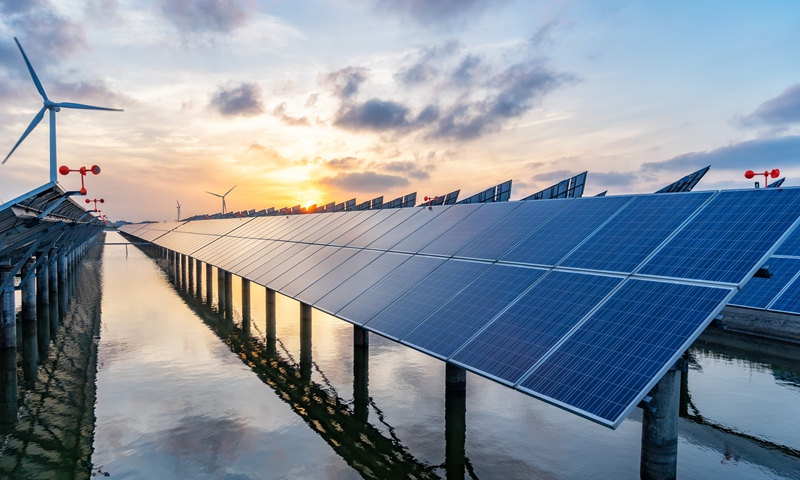Sigh of relief: Habsah showing her electricity bill at her house in Gertak Sanggul. — LIM BENG TATT/The Star
Many using less electricity as new tariffs loom
PETALING JAYA: Many consumers are taking steps to manage their electricity bills with the implementation of the new tariff structure by the government.
For example, many homeowners are considering having solar photovoltaic (PV) systems installed on their roofs, while others are looking at the “Time of Use” scheme, which offers lower rates during off-peak hours, now defined as starting from 10pm to 2pm on weekdays, and the entire day on weekends.
Under the new tariff announced by the Energy Commission, domestic consumers using less than 1,000kWh (kilowatt-hours) per month will also continue to enjoy subsidies, effective yesterday.
ALSO READ: Brace for price hikes across the board, consumers told
In Johor Baru, sales operations executive Ereena Karen Lim Abdullah, 47, and her husband are thinking about rooftop PV.
“My husband and I are thinking of installing solar panels, but we are unsure whether it is possible to do so at our apartment,” she said, adding that she would raise the matter with the building management soon.
“I used to pay around RM100 for electricity monthly but it had crept up to RM150 even though it is just me and my husband living in our apartment without much changes to our routine.”
ALSO READ: ‘We may have no choice but to hike prices’
Events planning manager Evelyn Lee, 34, said she was hoping to apply for the newly expanded Time of Use (ToU) tariff as soon as possible since it matches her lifestyle.
“My husband and I are seldom at home during the day, so it’s perfect for us since we are typically home only by 10pm.
“We also like to spend our weekends at home together, just relaxing with our dogs with the air conditioning on, so it makes sense,” said Lee, who lives in Puchong.
In Seremban, Tong Sim Old Folks Home secretary Jessie Chan said they had already been cutting back usage before the new tariffs.
“The 18 elderly and special needs folks at the centre have been told to cut down (on their use), resulting in our monthly bill going down slightly from the over RM400 previously,” she said.
Ramesh Patel, who runs the Vivekananda Home in Rembau, has also told the children under his care to start conserving.
“We went from switching on four lights throughout the night previously, to only one now to further reduce the monthly bill which totals about RM800.”
Retiree N. Manimaran from Perak said he would start consolidating his chores.
“We now do the laundry only once every two days, while clothes are ironed once per week. I’m also cutting down the hours the air conditioner is on from six to four,” said the 67-year-old.
Father-of-four Wan Fahmi Ahmad said getting his household to change their habits would be difficult as they do not know how the new tariff structure would affect their bill.
“We are used to using around 1,500kWh to 2,000kWh, and paying over RM1,000 every month, so convincing them will be hard, especially if our bill increases only by a small amount,” the 51-year old pilot said.
Wan Fahmi, who lives in Putrajaya, added that he would consider the ToU scheme if his bill spiked significantly.
Likewise, Halimatul Abdul Adib, 42, is also adopting a wait-and-see stance.
“I don’t think I will see any significant rise in my bill, though I will wait for a few billing cycles so I can make a better comparison before doing anything.”
In George Town, pensioner Habsah Sulaiman, 70, said the new tariff helped her family.
“I usually use under 300kWh a month or an average of RM150, so it is good that the government is keeping the subsidy,” said Habsah, who lives with her son and his family, including three children.
Technician Kevin Wang, 26, said while the new tariff would support efforts to reduce carbon emissions, affordability remains a key concern.
“I am all for a greener future. But any transition must be gradual, especially for middle-income families like mine.
“The government or utility providers can introduce targeted rebates or energy-efficiency incentives to ease the impact.”
The Light Hotel general manager Raj Kumar said it was too early to predict whether the new tariff would impact room rates.
“We are also actively exploring cost-saving measures such as solar PV,” he said, while stressing the importance of finding a balanced solution that protects both consumers and businesses.
“It is a tough time for everyone, and we do not believe in simply passing every cost to the customer,” Raj said.






